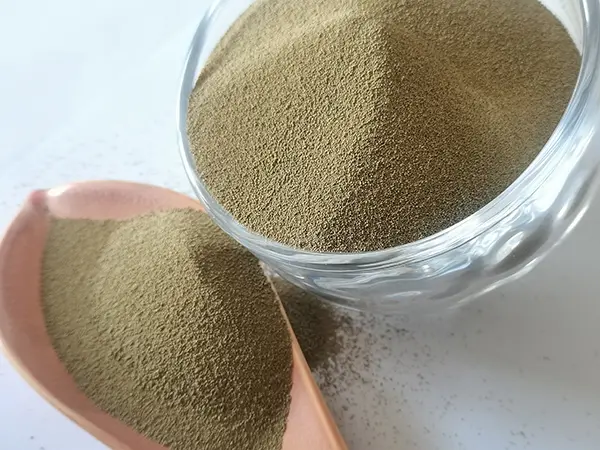The Best Way to Sand Stainless Steel
Sanding stainless steel is an essential skill for anyone involved in metalworking, whether you are a DIY enthusiast or a professional fabricator. Stainless steel is known for its durability and resistance to corrosion, but its hardness can make sanding a challenging process. However, with the right techniques and tools, you can achieve a smooth, polished finish that enhances both the appearance and functionality of your stainless steel projects. In this article, we will explore the best methods for sanding stainless steel effectively.
Understanding Stainless Steel
Before diving into the sanding process, it’s important to understand the properties of stainless steel. Composed primarily of iron, carbon, and chromium, stainless steel is designed to withstand harsh environments. Its strength and resistance to rust make it a popular choice for a wide range of applications, from kitchen appliances to industrial equipment. However, this same toughness can make installing and finishing it more difficult than softer metals.
Choosing the Right Tools
The first step in sanding stainless steel involves selecting the appropriate tools. The most commonly used tools include
1. Sandpaper When sanding stainless steel, it is essential to use the correct grit of sandpaper. Start with a coarser grit (like 80 or 120) for heavy material removal, and then progress to finer grits (220, 320, and beyond) for a smooth finish. Steel wool can also be effective for finer smoothing.
2. Orbital Sander For larger surfaces, an orbital sander can save time and effort. It provides even pressure and helps prevent gouging, which can occur with manual sanding.
3. Hand Sanding For intricate parts or when precision is required, hand sanding might be the best option. Using a sanding block can help maintain an even surface.
4. Flap Discs and Grinding Wheels These are suitable for heavy removal of material and can significantly speed up the process. However, caution should be taken to avoid overheating the metal.
Preparing for Sanding
best way to sand stainless steel

Before you start sanding, it’s crucial to prepare the work area and the stainless steel piece itself. Ensure that all surfaces are clean and free from grease or other contaminants. Use a degreaser or acetone for this purpose. Additionally, consider wearing safety gear, such as gloves and a dust mask, to protect yourself from metal dust.
Sanding Technique
Once you have your tools ready and the workpiece prepared, follow these steps for effective sanding
1. Start Coarse Begin with the coarser grits. Keep the sander or sandpaper moving in even strokes, applying light pressure. Avoid staying in one spot for too long to prevent damaging the surface.
2. Progress Gradually After removing the desired amount of material with the coarse grit, switch to a finer grit. Use the same technique, gradually refining the surface until you reach the level of smoothness you desire.
3. Keep it Cool While sanding, especially with power tools, the stainless steel can become hot. Overheating can alter the properties of the metal and even discolor it. To prevent this, take breaks and allow the metal to cool, and consider using lubrication like water or cutting fluid.
4. Finishing Touches After achieving a smooth surface, it may be beneficial to polish the stainless steel for added shine. A polishing compound and a buffing pad can enhance the overall appearance.
5. Clean-Up After sanding, clean the work area and the stainless steel surface to remove any metal filings or dust. This will help maintain a clean environment and prevent any contaminants from affecting the finish.
Conclusion
Sanding stainless steel might seem daunting at first, but with the right tools and techniques, you can achieve excellent results. Starting with the right grit sandpaper, using appropriate tools, and following a systematic approach will allow you to transform rough stainless steel into a polished, professional-looking surface. Remember to prioritize safety and cleanliness throughout the process, and soon you will become proficient in sanding stainless steel like a pro. Happy sanding!
Post time:12월 . 12, 2024 15:14
Next:why is sand casting used
